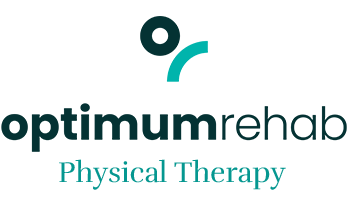Sprains and Strains
Home > Treatments > Sprains and Strains
Downtown office
NY 10004
Monday – Friday
08:00 AM – 07:00 PM
Midtown office
NY 10016
Monday – Friday
08:00 AM – 07:00 PM
Downtown office
26 Broadway, Suite 931,
NY 10004
Monday – Friday
08:00 AM – 07:00 PM
Midtown office
274 Madison Ave, Suite 1001,
NY 10016
Monday – Friday
08:00 AM – 07:00 PM
19%
lower odds of premature death for adults with a primary care provider
67B
would be the annual amount US save If everyone saw a primary care provider
33%
adult with a primary care saves, over people who only see specialists
Sprains and Strains
What are Sprains and Strains?
Sprains and Strains are the most common injuries and they almost share similar signs and symptoms, even though they occur in different parts of your body. Strains are injuries that happen due to overstretching or tearing of muscles or tendons, a fibrous cord of tissue that connects muscles to bones whereas sprains are injuries that happen due to overstretching or tearing of ligaments, the tough band of fibrous tissue that connects one bone to another in your joints.
Symptoms :
The most common location for a Sprain is your ankle while Strains often occur in the lower back and in hamstring muscle, in the back of your thigh. Signs and symptoms will vary, depending on the severity of the injury.Strains
- Pain
- Swelling
- Muscle spasms
- Limited ability to move the affected joint
- Pain
- Swelling
- Bruising
- Limited ability to move the affected joint
- At the time of injury, you may hear or feel a “pop” in your joint
Sprains Sprains occur when you overextend or tear a ligament while severely stressing a joint. Sprains often occur in the following parts of our body:
- Ankle: Walking or exercising on an uneven surface
- Knee: Pivoting during an athletic activity
- Wrist: Landing on an outstretched hand during a fall
- Thumb: Skiing or playing racquet sports, such as tennis
- Slipping on ice
- Running, jumping or throwing
- Lifting a heavy object or lifting in an awkward position
Trusted Expertise
Primary care doctors are health experts uniquely trained to guide you through all stages of life.
24/7 Care
We’ve got you covered with same day care at our clinics, as well as quick access to your medical information online.
For Everyone
Certified family physicians, internists, physician assistants and nurse practitioners, we have a team of experts for you.
Treatment
Medications:
For mild Sprains and Strains, your doctor will recommend basic self-care measures and over-the-counter pain relievers such as ibuprofen (Advil, Motrin, others) or acetaminophen (Tylenol, others).Physical Therapy:
It is important to get the right treatment after the injury as soon as possible to help rapid recovery. Physical Therapy is the best treatment for Sprains and Strains. Try to get a Physical Therapy asap if you lack the full function of the affected area, or if the pain and swelling don’t subside even after a couple of days. At our optimumrehab Physical Therapy offices in New York City our experienced therapists do everything they could to relieve you from the pain and help you continue with your healthy lifeSurgery:
If you have a torn ligament or ruptured muscle, surgery may be an option.